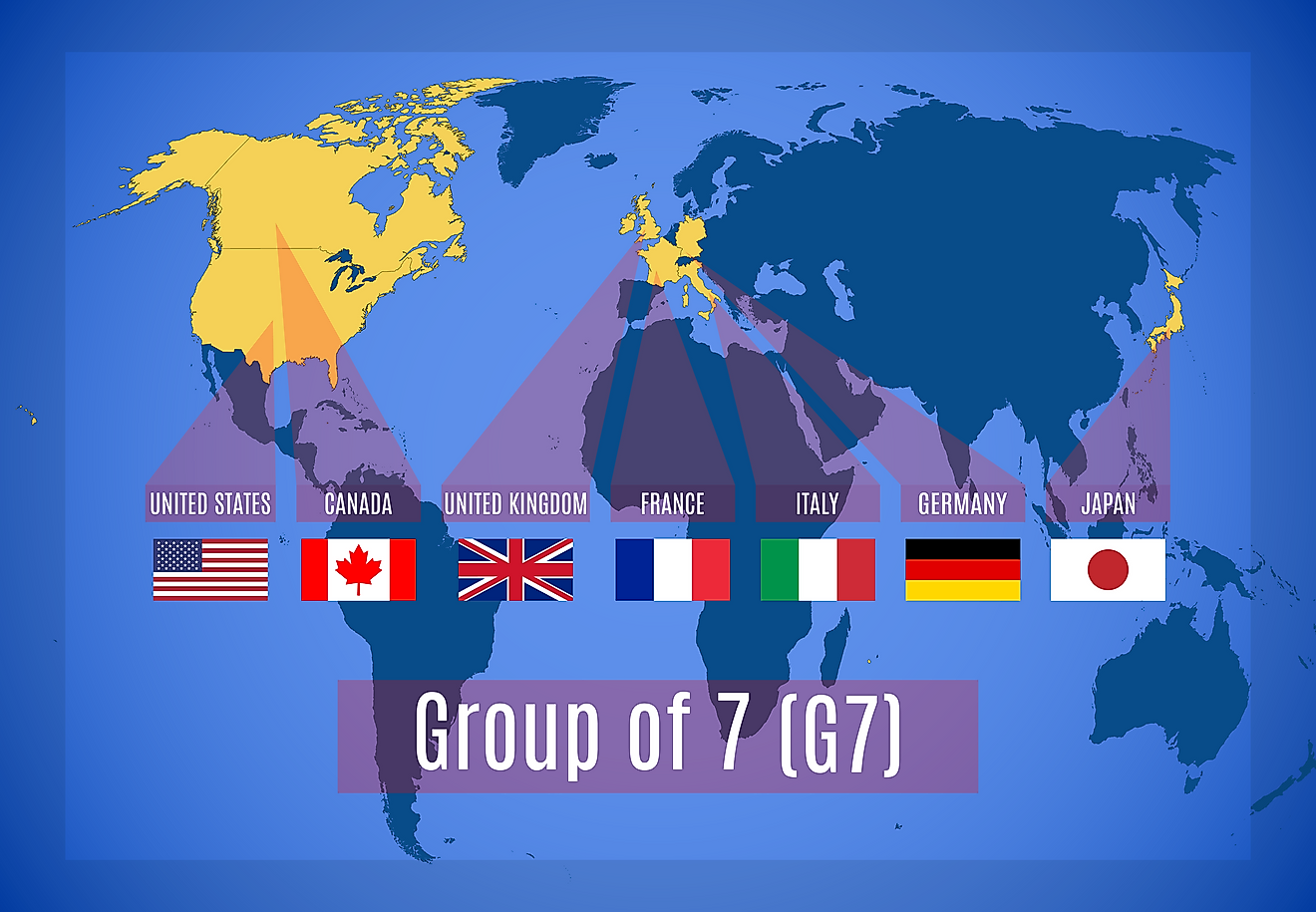Which Countries Border Vietnam?

Vietnam is located on the Indochinese Peninsula and has an area of about 127,888.9 square miles. The country shares borders with three countries: Cambodia (southwest), China (north), and Laos (northwest). The name Vietnam was derived from the Chinese words "Nam Viet," which translates to "Southern Viet." Vietnam’s total land boundary has a length of 2,883 miles, while its coastline is 2,140 miles long. Mountains cover about 40% of the country's total land area, and approximately 20% is flatland. The northern region is mostly composed of highlands, while the south consists of lowlands. The country's climate varies from region to region due to the diverse landscapes. Vietnam’s economy has been largely dependent on agriculture, although the manufacturing industry has recently become a significant contributor to the economy. The country is one of the largest exporters of agricultural products and is the world's largest cashew nuts exporter. Vietnam ranks third in oil production among countries of Southeast Asia.
Cambodia
Cambodia is a country located in Southeast Asia, which has a total land area of 69,898 square miles and had an estimated population of 15 million in 2016. The country borders Vietnam to the southwest, and the border is 720 miles long. Mekong River passes through the middle of the country thus dividing it into two. Cambodia borders the Gulf of Thailand, Vietnam, Thailand, and Laos. The Cambodia-Vietnamese border was created in 1867 when the French colonialists usurped the western region of the Mekong Delta. The country is shaped like a saucer, and the center of the saucer represents the Central Plains of Cambodia. The central lands are highly fertile and most of the country’s agriculture, rice cultivation being the biggest agricultural activity, takes part in the central lands. Deposits from the Mekong River when it floods make the area highly fertile. The outer regions of the country comprise mountains which include the Cardamom Mountains and Elephant Mountains in the South, and the Dangrek and Annamite Range in the North. Cambodia’s waters have a total of about 60 islands that are administered by the coastal provinces. Cambodia is a lower middle-income country and one among the countries with a thriving economy in Southeast Asia. Since its independence in 1953, Cambodia has had periods of political unrest. In 1991, after the Vietnamese war and signing a peace treaty, the country was put under UN administration as from 1992 to 1993 when the country held elections to elect a leader. In 1997, there was a coup which saw the current Prime Minister Hun Sen take over power.
China
China is located in East Asia, and borders Vietnam to the north. The Chinese-Vietnam border is 796 miles long and was agreed upon in 1887 and 1889 by the Chinese and the French, although Vietnam claims that China has provoked numerous border disputes since 1957. One dispute is Vietnam's opposition of the Chinese occupation of the Paracel Islands, which occurred in 1974. Both countries lay claim to the islands, and the dispute was left unsolved. China’s terrain is varied, and includes the Himalaya Mountains, the Taklamakan and Gobi Deserts, as well as the Yellow River and Yangtze River. China ranks second globally in terms of land area, with an area of 3,705,407 square miles. The country has the longest combined land border and shares borders with a total of 14 countries. The country’s capital is Beijing, while Shanghai is China's biggest city. China faces many environmental issues, including the spread of the Gobi Desert and environmental pollution. China’s economy is among the top ten globally, and the country is the largest importer of goods. China is a member of the G20 and is a regional power. Since the economic reforms introduced in 1978, China has experienced significant economic growth. China is known to possess nuclear weapons and has the world's largest army.
Laos
Laos is a landlocked country in Southeast Asia that borders Vietnam to the northwest. The country has a land area of 91,875 square miles, and an estimated population of 6.7 million in 2016. The Laos-Vietnam border is 1,320 miles long, and was decided upon according to both a geographical and ethnic basis. The Annamite Range was used as a point of reference, and both Laos and Vietnam signed a treaty agreeing upon the border in 1977. The country was named Laos after the Lao people, the ethnic community living in the country. Before colonization, Laos was one of the largest kingdoms in Southeast Asia, known as Lan Xang Hom Kao, which split into three separate kingdoms due to conflict but was later reunited under French colonial rule. The French named the country after the Lao people who dwell in the country. The country is a socialist republic that embraces communism. Laos is mostly forested, and the landscape is mountainous. Laos is one of four countries that grow opium in the Golden Triangle area. The country has experienced numerous human rights issues that raise concerns among activists. In particular, the Hmong ethnic minority are said to have faced injustices from their government. Laos’s economy is dependent on trade with neighboring countries in the region. The agricultural industry is the largest contributor to the economy of Laos, employing about 80% of the country’s total workforce.
Disputed Territories
Vietnam has managed to maintain a cordial relationship with all its neighbors, although Vietnam and Cambodia have experienced a border dispute in the past. The dispute began with Vietnamese soldiers encroaching on Cambodian territory, resulting in a military standoff between the armies of both countries. The dispute did not escalate to war, as both countries agreed to resolve the issue. The dispute ended through the signing of a new agreement in 2005 that defined the border limits of each country, and Vietnam withdrew its soldiers from the region.











